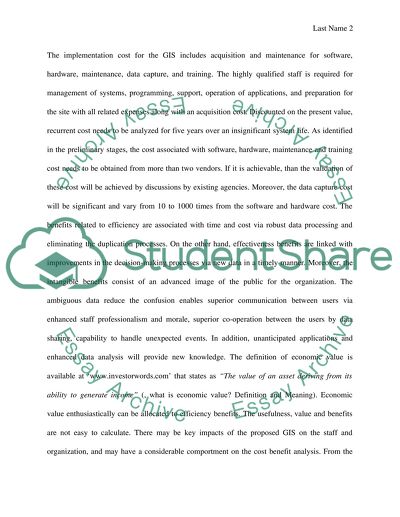Cite this document
(“GIS Acquisition Essay Example | Topics and Well Written Essays - 2750 words”, n.d.)
Retrieved from https://studentshare.org/environmental-studies/1413856-gis-acquisition
Retrieved from https://studentshare.org/environmental-studies/1413856-gis-acquisition
(GIS Acquisition Essay Example | Topics and Well Written Essays - 2750 Words)
https://studentshare.org/environmental-studies/1413856-gis-acquisition.
https://studentshare.org/environmental-studies/1413856-gis-acquisition.
“GIS Acquisition Essay Example | Topics and Well Written Essays - 2750 Words”, n.d. https://studentshare.org/environmental-studies/1413856-gis-acquisition.


